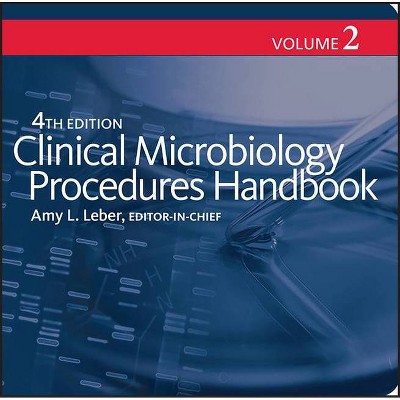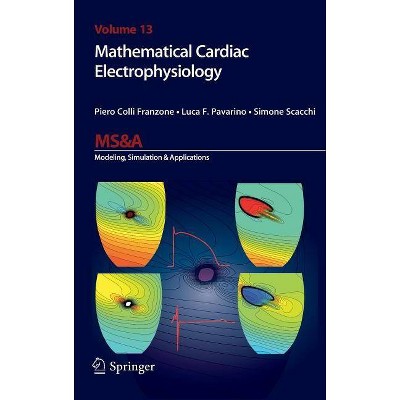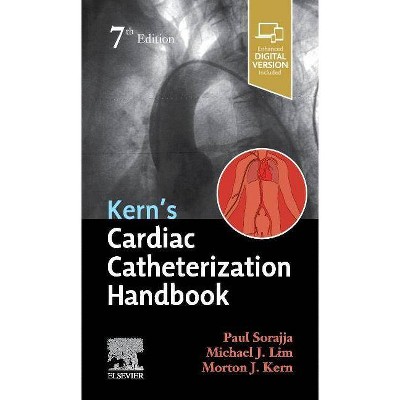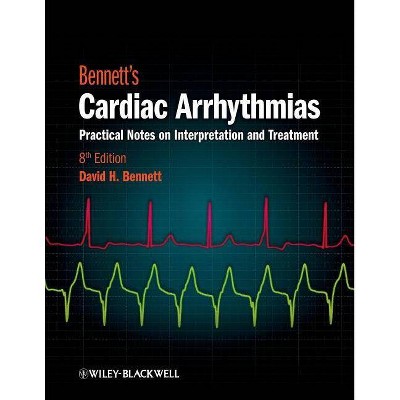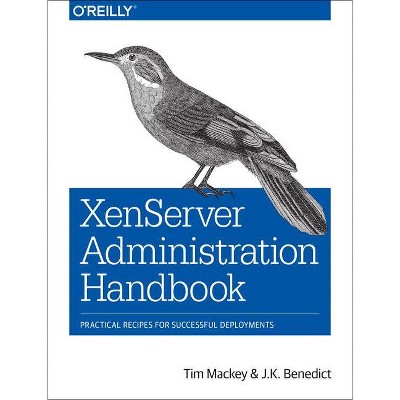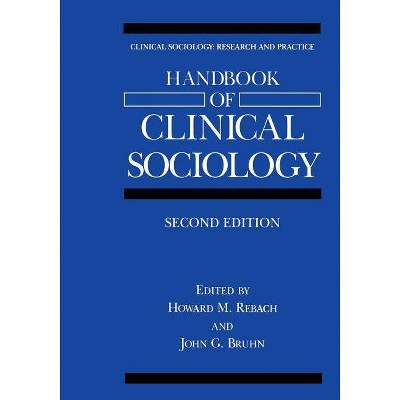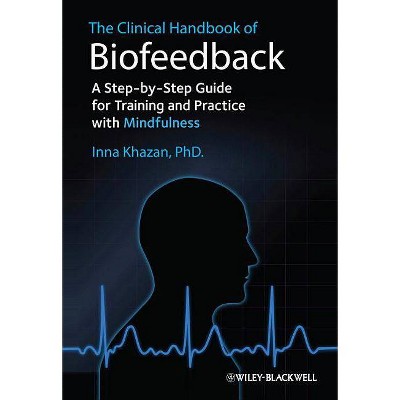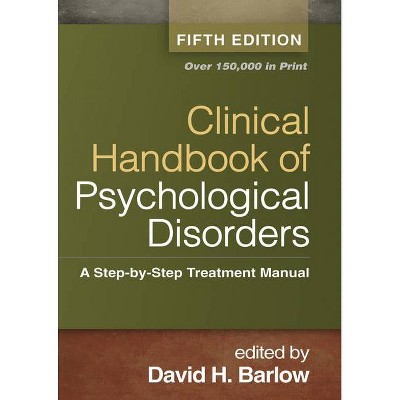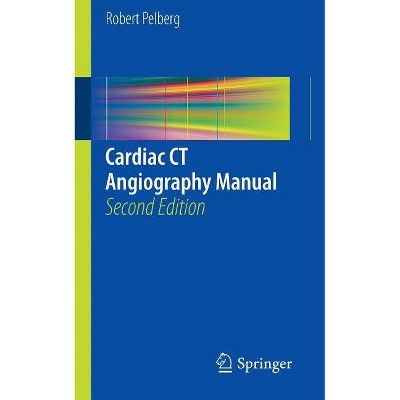Clinical Handbook of Cardiac Electrophysiology - 2nd Edition by Benedict M Glover & Pedro Brugada (Paperback)

Similar Products
Products of same category from the store
AllProduct info
<p/><br></br><p><b> Book Synopsis </b></p></br></br><p>This extensively revised second edition provides a practically applicable guide for the management of cardiac arrhythmia. This subject has continued to expand rapidly, and it is therefore critical to understand the basic principles of arrhythmia mechanisms in order to assist with diagnosis and the selection of an appropriate treatment strategy. Comprehensively revised chapters cover a variety of aspects of cardiac electrophysiology in an easy-to-digest case-based format. For each case of arrhythmia, relevant illustrations, fluoroscopy images, ECGs and endocavity electrograms are used to describe the etiology, classification, clinical presentation, mechanisms, electrophysiology set up and relevant trouble-shooting procedures. New topics covered include the application of new antiarrhythmic drugs in tandem with ablation, techniques for the ablation of atrial fibrillation and electrophysiological assessments available for identifying instances of atrial tachycardia. </p><p> <i>Clinical Handbook of Cardiac Electrophysiology </i>presents a comprehensive overview of cardiac electrophysiology, making it a valuable reference for practicing and trainee cardiac electrophysiologists, cardiologists, family practitioners, allied professionals and nurses.<br></p><p/><br></br><p><b> From the Back Cover </b></p></br></br><p>This extensively revised second edition provides a practically applicable guide for the management of cardiac arrhythmia. This subject has continued to expand rapidly, and it is therefore critical to understand the basic principles of arrhythmia mechanisms in order to assist with diagnosis and the selection of an appropriate treatment strategy. Comprehensively revised chapters cover a variety of aspects of cardiac electrophysiology in an easy-to-digest case-based format. For each case of arrhythmia, relevant illustrations, fluoroscopy images, ECGs and endocavity electrograms are used to describe the etiology, classification, clinical presentation, mechanisms, electrophysiology set up and relevant trouble-shooting procedures. New topics covered include the application of new antiarrhythmic drugs in tandem with ablation, techniques for the ablation of atrial fibrillation and electrophysiological assessments available for identifying instances of atrial tachycardia. </p><p> <i>Clinical Handbook of Cardiac Electrophysiology </i>presents a comprehensive overview of cardiac electrophysiology, making it a valuable reference for practicing and trainee cardiac electrophysiologists, cardiologists, family practitioners, allied professionals and nurses.<br></p><p></p><p></p><p/><br></br><p><b> About the Author </b></p></br></br><p>Dr. Benedict M. Glover is the Director of the Heart Rhythm Centre, Schulich Heart Centre, Sunnybrook Hospital and an Associate Professor in the Department of Medicine in the University of Toronto. He has a specific interest in atrial fibrillation, high definition cardiac mapping, catheter ablation and device therapy.</p> <p> </p> Prof. Pedro Brugada serves as the Scientific Director of the Cardiovascular Centre at Universitair Ziekenhuis Brussel and Director of Arrhythmia Unit at Helicopteros Sanitarios Hospital, Puerto Banus, Marbella, Spain. Together with his brothers Josep and Ramon, he is one of the namesakes of Brugada Syndrome, a hereditary disease of the heart, which can lead to sudden death by ventricular fibrillation in seemingly healthy people.<br>
Price History
Price Archive shows prices from various stores, lets you see history and find the cheapest. There is no actual sale on the website. For all support, inquiry and suggestion messages communication@pricearchive.us
